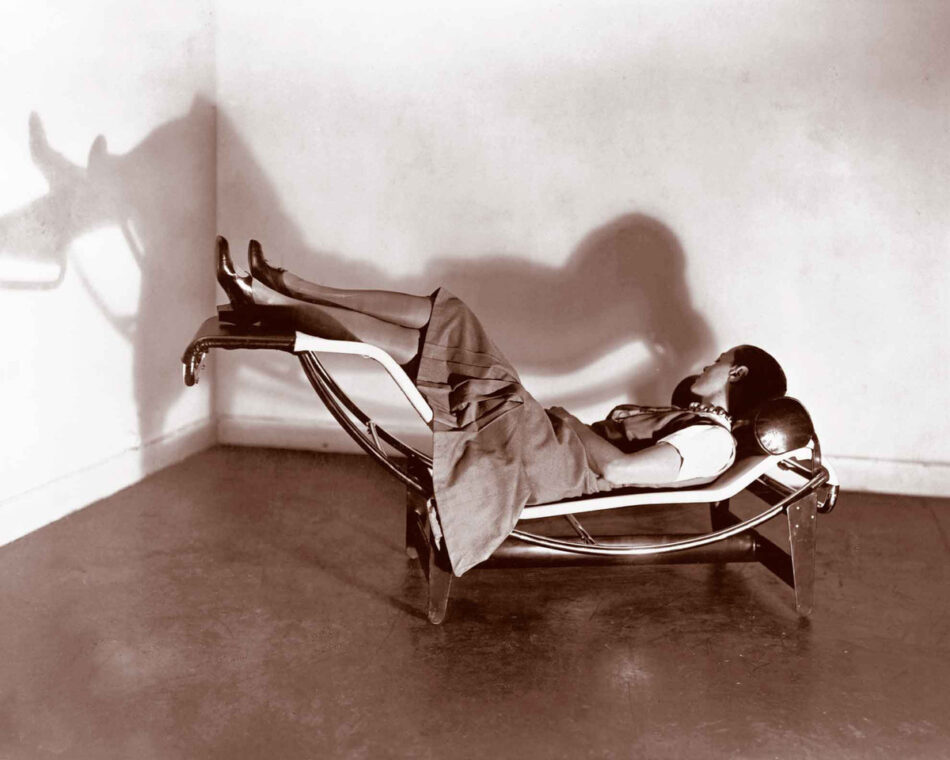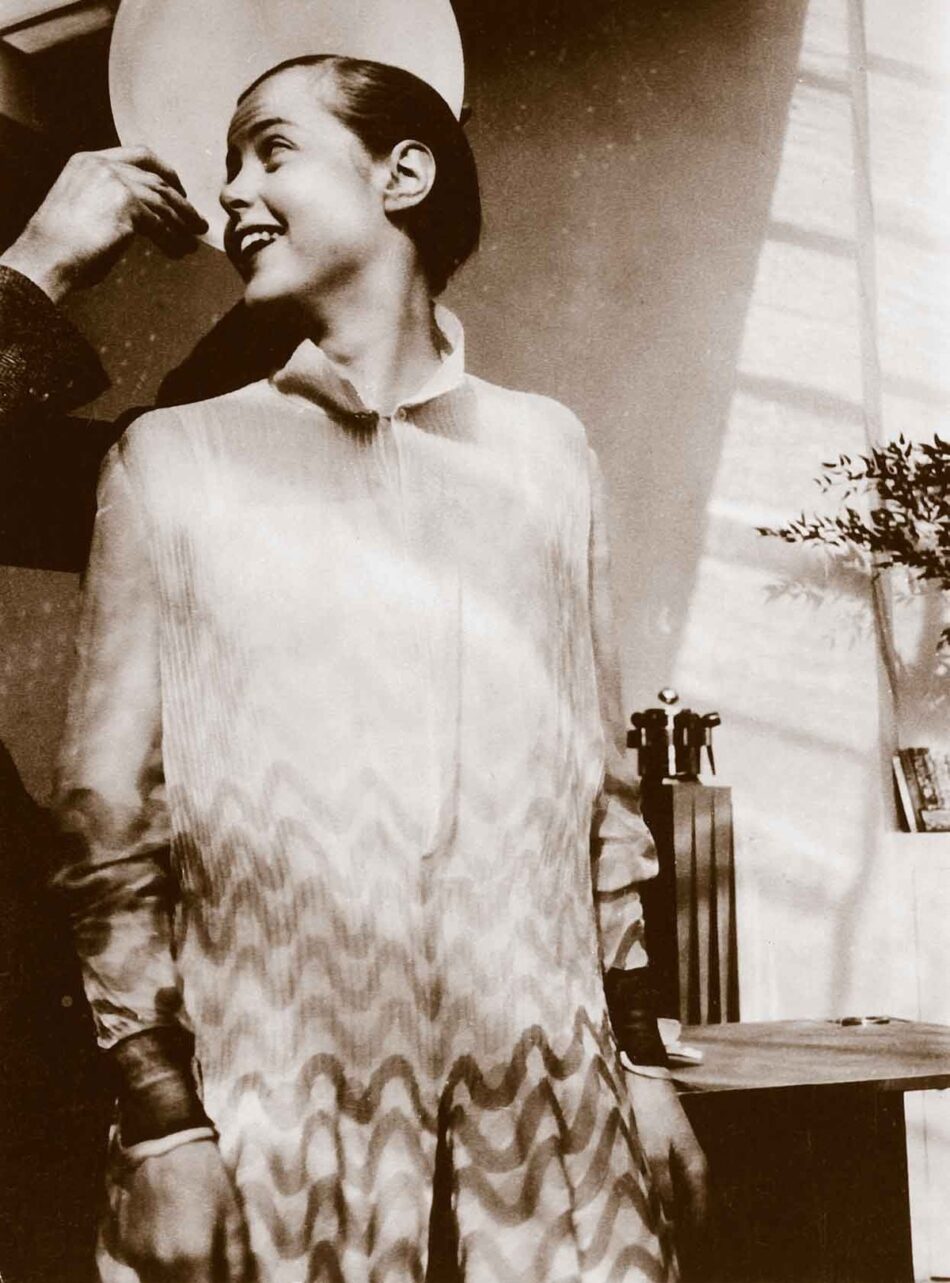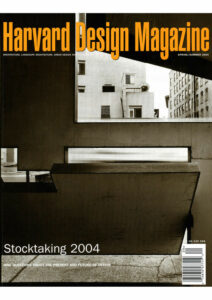Perriand: Reflections on Feminism and Modern Architecture
In the United States today, feminist architecture history—like feminism in general—has nearly disappeared. The flood of publications during the early 1990s (Sexuality and Space, The Sex of Architecture, Architecture and Feminism) has by now ground to a halt; few schools continue to offer classes on “gender and architecture”; and scholars in their twenties or thirties tend to find other subjects—sustainability, digitalization, and globalization—more compelling. In addition to the larger social and political forces that seem to militate against feminist scholarship these days, its very success over the past three decades may have contributed to its decline. Names of once-forgotten women have been resurrected, the reputations of architecture’s male heroes have been taken down a notch or two, and blatant examples of sexual inequity and discrimination in the profession have been exposed, if not resolved. However, most feminist architecture historians and critics would reject any assessment of their project as complete, or its viability as dependent upon academic fashion. Although this lull is undoubtedly considered a setback, one positive by-product may be that it offers a period of relative calm, removed from the heated polemics of an earlier period, to reflect on feminist historical writing and to reexamine its methods and premises.
Recently, I had just such an opportunity as the editor and one of the authors of a book on the French designer Charlotte Perriand.1 Perriand is often grouped together with Eileen Gray and Lilly Reich as one of the unsung “heroes” of the European Modern Movement, whose design accomplishments have been eclipsed by those of the acknowledged giants: Le Corbusier and Mies van der Rohe. Aside from the three tubular-steel chairs that she designed with Le Corbusier and Pierre Jeanneret as a member of their firm, Perriand’s work was little known, even though her career spanned three-quarters of a century and extended to locales as diverse as Brazil, Congo, England, France, Japan, French New Guinea, Switzerland, and Vietnam. My initial interest in undertaking this book was sparked by a desire to redress this “wrong” and to make certain that her innovative designs would be removed from the shadow of Le Corbusier’s towering presence. However, the frequently collaborative nature of her work—like that of Reich, Ray Eames, and Alison Smithson—has made it more difficult to assess her contributions. In addition, like many successful women architects of her generation, Perriand did not wish to perceive herself first and foremost as a woman designer; nor did she particularly identify with the feminist movement in France, thus complicating efforts to cast her as a “role model” for contemporary women practitioners. Her career necessitated a more complex reading of the ways that gender intersected with Modern architecture than I had originally envisioned and raised several issues about the assumptions underlying many feminist readings of that architecture.
The first of these is the tendency to see women architects as victims, whose talent and vital contributions have been suppressed by their male collaborators or associates. This interpretation had a certain strategic value in the 1970s and 1980s, alerting architects to the shortcomings of the “Modern masters” and bringing the issue of gender discrimination to the fore. No doubt there were disturbing inequities in the profession, as is clearly evident in Le Corbusier’s oft-quoted, dismissive response to Perriand—“We don’t embroider cushions in my atelier”—when she first asked him for a job there. However, Perriand’s deep admiration for Le Corbusier, her insistence that being a woman did not interfere with her career, and her pleasure in seeing her work as part of a collaborative process all suggest that this characterization of women designers as victims, at least in Perriand’s case, has been overstated.
Here, a personal anecdote might be relevant. When I interviewed Perriand in 1997 and mentioned the photograph of her reclining on the chaise lounge with her head turned away from the camera, she responded angrily to a question about Beatriz Colomina’s reading of the image as representing Le Corbusier’s denial of her authorship and creative vision.2 Perriand told me that she herself had set up the shot, that Pierre Jeanneret took the photo, and that Le Corbusier played no role in its conception and in fact was not there at the time. She insisted that it was her choice to turn her head in order to emphasize the chaise rather than its occupant, and that it was also her choice to use that image in her photomontage of the model apartment that she designed with Le Corbusier and Jeanneret for the 1929 Salon d’Automne apartment building. Nor was she troubled by the fact that the pivoting chair that she designed and displayed on her own was attributed jointly to Le Corbusier-Jeanneret-Perriand when Thonet began producing the partnership’s furniture in 1930. Perriand saw this as an opportunity to have the chair manufactured and concluded that it would have more impact as part of the atelier’s line of tubular-steel furniture: attaining individual recognition as a designer was less important than having the chair regarded as part of a collective vision of modern living. She saw herself as an equal participant with considerable choice and control in her collaboration with Le Corbusier and Jeanneret.
A second issue to consider is the relationship between Modern architecture and the entry of women into the profession. Although Le Corbusier was no feminist hero, his atelier seems to have been a place where several women designers chose to work, including Perriand and Stanislavia Nowicki before World War II and Edith Schreiber, Blanche Limco, and Maria Fenyo immediately afterward. To what extent did the culture of the Modern Movement, and in particular Le Corbusier’s commitment to new attitudes and social mores, help foster women’s participation in the profession? Did the adventure of creating something new, the Modern Movement’s commitment to collective values, and its emphasis on collaboration (however paradoxical, given Le Corbusier’s self-proclaimed role as artist-genius) prove especially conducive to strong, independent women? Judging from Perriand’s descriptions, not only did she consider herself the equal of the male employees, but she also enjoyed their warmth, camaraderie, and respect. The atelier provided an environment in which she and her colleagues, male and female, could grow and develop professionally.
Third, her salon exhibitions of the late 1920s call into question the stereotypical characterization of Modernism as instrumental rationalism and therefore male. What is evident in her 1928 dining room and the 1929 model apartment, as well as in the broader movement for domestic reform during that decade, was that scientific planning and functionalism were not simply male concerns but were also significant components of women’s vision of domestic liberation. Much feminist scholar- ship has been devoted to the demystification of hierarchical distinctions between attributes such as rationality, functionalism, and structure (traditionally associated with male truth) and characteristics such as decoration, superfluity, and fantasy (associated with a more feminine subjective sensibility) and to disputing the subordination of the latter. But what becomes clear when one examines the interwar discussions about “scientific” house- hold management is that such a dichotomy is much too simplistic. The domestic reform movement contributed to the feminization of rationality, just as women (and society at large) increasingly perceived rationality as fundamental to their own identities. The idea that housework could be rationalized and made “scientific” meant that all women—even homemakers—could see themselves, and be seen, as rational and scientific. Though rarely acknowledged in such terms, the functionalism and rational planning of Modern domestic architecture were similarly connected to women’s identities. To repeat: Perriand’s salon exhibits in 1928 and 1929 challenge characterizations of both Modernism and rationality as exclusively male.
In addition, these projects raise questions about how we characterize feminism or feminist thought. All too often, those of us who are feminist critics and historians evaluate women’s historical position by today’s standards (whether in terms of individual economic and political rights or from a poststructuralist perspective emphasizing the fluidity of gender and identity). However, if women’s struggle for emancipation is to be seen as an evolving, historical phenomenon, it is important to examine earlier, more “compromised” efforts and to assess them in terms of their own social and political context. Historian Karen Offen has proposed the term “relational feminism” to describe the pioneering efforts of many earlier 20th-century European reformers who attempted to improve women’s situation as women, emphasizing their distinctive contributions to society rather than insisting on individual rights, irrespective of sex. These family-oriented feminists rejected the 19th-century image of the self-sacrificing femme au foyer but, because they believed that there were biological and cultural differences between women and men, still saw women as having primary responsibility for the home and children.3 In France, prior to the publication of Simone de Beauvoir’s The Second Sex in 1949, the sexual division of labor was rarely seen as oppressive but rather as part of a necessary complementarity of the sexes. In the view of women domestic reformers such as Paulette Bernège and Henriette Cavaignac and designers such as Perriand and Le Corbusier, modern technology and scientific planning could liberate women from domestic drudgery, enabling them to use their time in more fulfilling ways, whether in their role as mothers and wives, or pursuing a career, or enjoying leisure activities. Certainly most visitors to the Salon d’Automne who saw Perriand’s kitchen assumed that a woman would be working in it, but the remarks of contemporary critics make clear that many would have also assumed that this woman was a femme moderne, forging a new identity both for herself and society.
I would like to see histories of Modern architecture explore this apparent paradox, allowing us to include efforts different from our own as part of the rich and diverse history of improving women’s condition. I believe that a deeper knowledge of how gender was constructed, maintained, and challenged would help us address present-day inequities in the profession. This means going beyond reductive charges of sexism and victimization and simplistic value judgments of good and bad in order to arrive at a fuller, more complex vision of Modernism—one that includes both its regressive and progressive dimensions.


